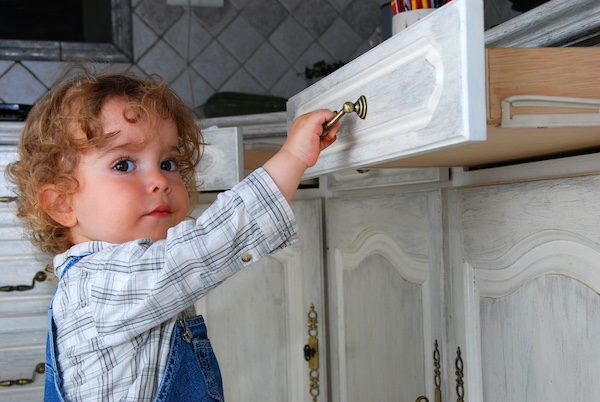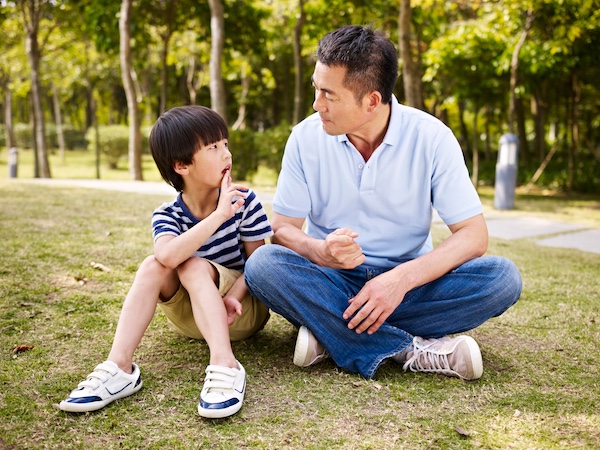Children with autism face unique challenges that can make them more vulnerable to certain dangers, both inside and outside the home. From wandering off unexpectedly to navigating social situations, it’s important for parents and caregivers to be aware of these risks so they can take proactive steps to ensure the safety of their child. In this post, we’ll explore some of the most common dangers faced by children with autism and offer tips to help keep them safe.
Some of the most common dangers faced by children with autism and tips to help keep them safe.
1. Wandering and Elopement
One of the most significant dangers for children with autism is wandering or “elopement,” which is when a child leaves a safe environment unexpectedly. This behavior can be triggered by curiosity, an attempt to escape overstimulating environments, or even a desire to explore something they are fixated on. Children with autism may not understand the dangers of busy streets, unfamiliar areas, or bodies of water, making elopement particularly dangerous.
Safety Tips:
– Secure your home: Install locks, alarms, or door sensors to prevent wandering. Consider adding fencing around your yard if possible.
– Use identification tools: Equip your child with wearable identification, such as a medical ID bracelet or GPS tracking device, which includes their name, diagnosis, and your contact information.
– Teach water safety: Since many children with autism are drawn to water, it’s essential to teach them water safety or enroll them in swimming lessons to reduce the risk of drowning.
Recent Posts
- Understanding Autism in 2025: New Data Reveals Rising Prevalence and Changing Demographics
- “Respond and Expand”: A Simple Way to Boost Communication in Children with Autism
- What Causes Autism? Understanding the Factors Behind ASD
- Are Autism Rates Rising?
- What Does a BCBA Do—and How Do You Become One?
2. Communication Barriers
Many children with autism struggle with verbal communication or have limited expressive language, which can pose significant risks in emergency situations. A child who cannot explain their needs, fears, or whereabouts may face additional challenges if they become lost or need help. Additionally, children with autism may not recognize danger cues or understand how to ask for assistance from strangers.
Safety Tips:
– Teach basic safety words: Even if your child is non-verbal or minimally verbal, focus on teaching key phrases like “help,” “stop,” or “no” through speech, sign language, or assistive communication devices.
– Use visual supports: Visual cues, like social stories or picture cards, can help teach children about safety concepts such as crossing the street, avoiding strangers, or seeking help.
– Inform trusted adults: If your child attends school, therapy, or extracurricular activities, ensure that staff members are aware of your child’s communication difficulties and how to assist them in emergencies.
3. Difficulty Recognizing Danger
Many children with autism may have difficulty interpreting potentially dangerous situations or hazards. For instance, they may not understand the danger of touching a hot stove, running into the street, or interacting with strangers. This lack of awareness makes it crucial for parents to closely monitor their child and create a safety-focused environment.
Safety Tips:
– Childproof your home: Secure potentially dangerous items such as sharp objects, cleaning supplies, medications, and hot appliances. Consider using child safety locks on cabinets and drawers.
– Teach street safety: Use repetitive teaching methods, such as visual aids and hands-on practice, to teach your child about crossing the street, waiting for traffic lights, and staying on the sidewalk.
– Supervised outings: When in public spaces, always keep a close eye on your child, especially in environments where they may encounter cars, strangers, or other potential risks.
4. Sensory Overload
Children with autism are often more sensitive to sensory stimuli like loud noises, bright lights, or crowded spaces, which can lead to sensory overload. When overwhelmed, they may experience meltdowns or exhibit behaviors like running away or becoming aggressive, putting them in dangerous situations. Sensory overload can happen in everyday environments like shopping centers, school events, or family gatherings.
Safety Tips:
– Identify triggers: Take note of which sensory inputs overwhelm your child and try to avoid or minimize exposure to those triggers. Create a sensory-friendly environment at home by limiting excessive noise or lighting.
– Provide sensory tools: Carry sensory-friendly tools, such as noise-canceling headphones, sunglasses, or fidget toys, to help your child self-regulate in overstimulating environments.
– Practice calming techniques: Teach your child strategies to cope with sensory overload, such as deep breathing exercises or requesting a break. You can also create a “safe space” at home where your child can retreat when feeling overwhelmed.
5. Social Vulnerability
Children with autism may have difficulty understanding social norms, body language, or the intentions of others. This can make them more vulnerable to bullying, manipulation, or exploitation, particularly from peers or strangers. Many children on the spectrum struggle to recognize when someone is being unkind or taking advantage of them, which increases their risk of being victimized.
Safety Tips:
– Teach social boundaries: Use social stories or role-playing to teach your child about personal space, appropriate touch, and how to identify unsafe situations or people.
– Foster open communication: Encourage your child to talk to you about their interactions with others, whether at school, during playdates, or in the community. This can help you identify any signs of bullying or inappropriate behavior.
– Build self-advocacy skills: Help your child develop the confidence to say “no” and assert themselves when they feel uncomfortable or unsafe. Reinforce the importance of seeking help from a trusted adult when they encounter difficult social situations.
6. Risk of Abuse
Children with autism are at a higher risk of abuse, including physical, emotional, and sexual abuse, due to their social and communication challenges. They may be less likely to report abuse or recognize when they are being mistreated. This makes it crucial for parents to be vigilant about the environments their child is in and the people they interact with.
Safety Tips:
– Know your child’s caregivers: Whether it’s teachers, therapists, or babysitters, ensure that any adults responsible for your child have proper training and a clear understanding of your child’s needs.
– Monitor behavior changes: Sudden changes in behavior, such as increased anxiety, aggression, or withdrawal, may indicate that something is wrong. Keep an eye on these signs and investigate further if you suspect any form of mistreatment.
– Teach body safety: Use age-appropriate language to teach your child about personal boundaries and what constitutes inappropriate touch. Reinforce the idea that they should always report any uncomfortable or confusing interactions to you or a trusted adult.
Conclusion
While there are unique dangers facing children with autism, being informed and prepared can help you minimize risks and create a safer environment for your child. By teaching safety skills, implementing protective measures, and remaining vigilant, you can help your child navigate the world with greater security and confidence. Remember, safety is an ongoing process that evolves as your child grows and faces new challenges. The key is to stay proactive, adaptable, and committed to protecting your child’s well-being at every stage.
AGBS provides ongoing care for children, adolescents, and young adults with autism to improve the quality of their lives. If you would like learn more about how AGBS can help please contact us here , or call 908-913-0443.




